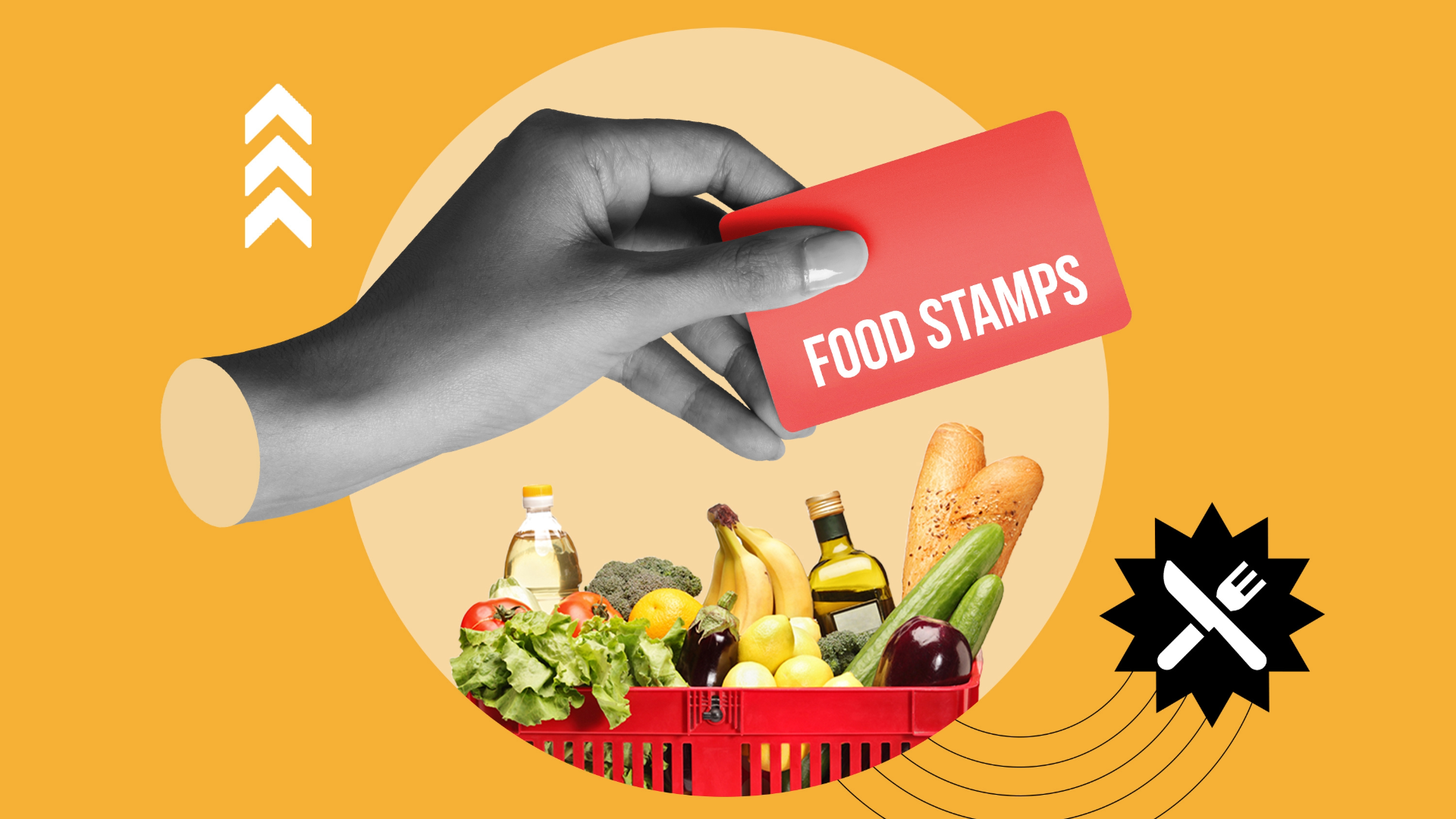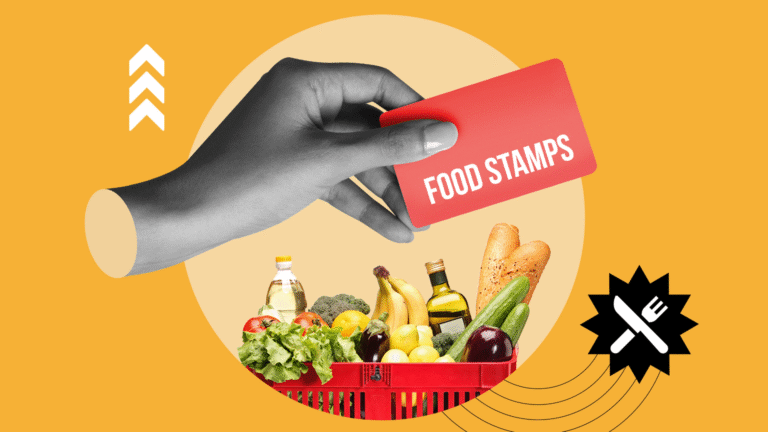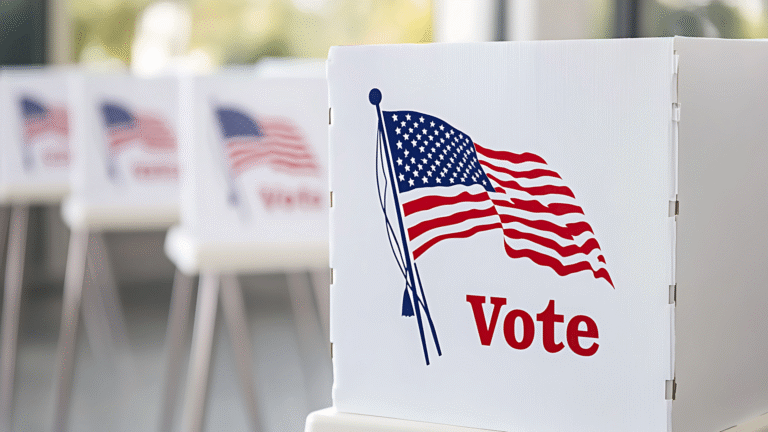The History of SNAP and Food Stamps in America (1930s–2025)
Few government programs have evolved as dramatically—or touched as many American lives—as SNAP, the Supplemental Nutrition Assistance Program. What began during the Great Depression as a creative solution to two crises at once—collapsed farm prices and widespread hunger—slowly grew into the nation’s most significant anti-hunger initiative. From early experiments with surplus food distribution to the first “food stamps” in 1939, the groundwork was laid for a system that aimed to support both struggling families and the agricultural economy.
Over the decades, the program expanded, contracted, reformed, and modernized in response to changing politics, economic conditions, and research on nutrition and public health. Paper stamps gave way to EBT cards; emergency aid during recessions and pandemics reshaped benefit levels; and new incentives encouraged healthier food choices. Today, SNAP serves more than 41 million Americans each month, reflecting nearly a century of policy experimentation and adaptation. This timeline traces how a temporary Depression-era intervention grew into a cornerstone of the nation’s social safety net—and how its mission continues to evolve.
From Food Stamps to SNAP (1930s–2025)
- 1933: During the Great Depression, the U.S. government begins farm surplus purchasing programs to stabilize prices and distribute excess food to low-income families.
- 1939: The first Food Stamp Program pilot launches in Rochester, New York. Participants buy orange stamps (usable on most foods) and receive free blue stamps for surplus agricultural goods. The program helps both farmers and the hungry.
- 1943: The original Food Stamp Program is discontinued due to declining surpluses and improved economic conditions during World War II.
- 1961: President John F. Kennedy reintroduces food assistance through pilot programs as part of his anti-hunger initiatives. Stamps are simplified to allow purchasing of nearly all food items.
- 1964: The Food Stamp Act of 1964 is signed into law by President Lyndon B. Johnson as part of his War on Poverty. It establishes a permanent national program to combat hunger and promote health and welfare.
- 1971: Nationwide expansion of the Food Stamp Program under President Nixon. Eligibility rules are standardized and benefit levels increased.
- 1977: Major reforms under the Food Stamp Act of 1977 simplify administration, eliminate the requirement to purchase stamps, and expand eligibility.
- 1981–1990s: The program faces funding cuts and increased scrutiny, but continues to grow, especially during economic downturns. Anti-fraud efforts and technological improvements begin.
- 2002: Electronic Benefit Transfer (EBT) cards replace paper stamps nationwide, making SNAP benefits more secure and efficient to use.
- 2008: The program is renamed the Supplemental Nutrition Assistance Program (SNAP) under the Farm Bill. The name change reflects a modern focus on nutrition, not just assistance.
- 2009: The American Recovery and Reinvestment Act increases SNAP benefits temporarily to help Americans during the Great Recession.
- 2014: The Healthy Incentives Pilot demonstrates that offering extra benefits for buying fruits and vegetables can improve dietary choices among low-income shoppers.
- 2016–2019: Expansion of nutrition incentive programs like Double Up Food Bucks, encouraging the purchase of fresh produce with SNAP dollars.
- 2020: The COVID-19 pandemic prompts emergency SNAP expansions. Online grocery purchasing with EBT cards begins in multiple states.
- 2021–2022: USDA reevaluates the Thrifty Food Plan, leading to a permanent increase in SNAP benefit levels — the largest in the program’s history.
- 2023: Studies confirm SNAP’s positive health impacts, including reduced hospital visits and improved childhood nutrition among recipients.
- 2024: New regulations for SNAP-authorized retailers require greater access to fresh foods, supporting health equity and local producers.
- 2025: SNAP supports over 41 million Americans. Continued innovations in mobile benefits, online access, and integration with public health efforts expand the program’s reach and efficiency.

Sources
- USDA Food and Nutrition Service – “A Short History of SNAP” (Accessed October 2025)
- NCBI – “Supplemental Nutrition Assistance Program: Examining the Evidence” (Accessed October 2025)
- ERS USDA – “SNAP Key Statistics & Research” (Accessed October 2025)
- Urban Institute – “Households Faced Persistent Challenges Affording Food in 2024” (Accessed October 2025)
- CBPP – “The Case for Boosting SNAP Benefits in Next Major Economic Response Package” (Accessed October 2025)
- FRAC – “SNAP’s Critical Role in Rural Communities — and the Consequences of Cuts” (Accessed October 2025)
- History.com – “How Did Food Stamps Begin?” (Accessed October 2025)





